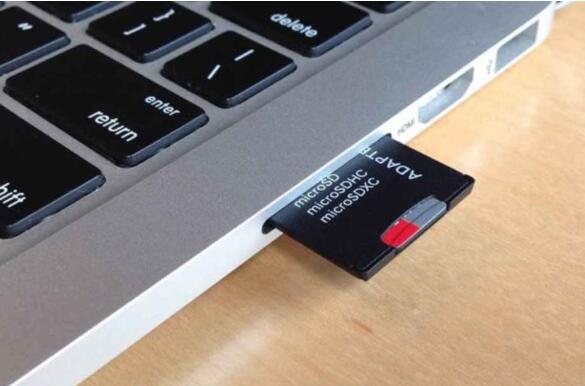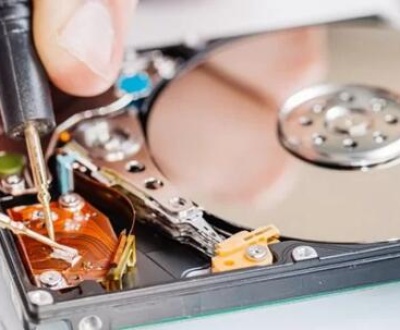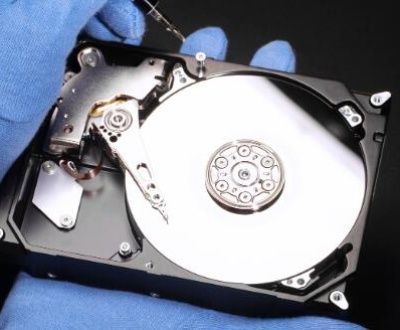SD cards are widely used for storing data in cameras, smartphones, tablets, and other devices. However, data loss from SD cards is a common issue that many users face. Whether due to accidental deletion, formatting, or corruption, losing valuable files can be distressing. This guide will explore various methods and tools available for retrieving lost files from an SD card, equipping you with the knowledge to recover your data effectively
Common Causes of Data Loss
Accidental Deletion: Files may be deleted unintentionally when managing storage.
Formatting Errors: Users may format an SD card without realizing it will erase all data.
Corruption: Physical damage or software issues can corrupt files, making them inaccessible.
Malware Attacks: Viruses can lead to file deletion or corruption on the SD card.
Device Malfunction: Issues with the device using the SD card can result in data loss.

How Data Deletion Works
When files are deleted from an SD card, the data is not immediately erased. Instead, the system marks the space occupied by those files as available for new data. This means that until new data is written over that space, the deleted files may still be recoverable.
Preparing for Recovery
Immediate Steps After Data Loss
Stop Using the SD Card: Cease all operations to prevent overwriting the deleted files.
Do Not Format: Avoid formatting the SD card, as this can complicate recovery.
Check for Backups: Look for any backups that may contain the lost data, either on cloud services or external drives.
Assessing the Situation
Determine the extent of data loss:
Accidental Deletion: Files may still be recoverable.
Formatting: Recovery chances are good if no new data has been written.
Corruption: Files might be damaged but still retrievable.
Methods to Retrieve Lost Files from an SD Card
Method 1: Check the Trash or Recycle Bin
Sometimes, deleted files may end up in the Trash (macOS) or Recycle Bin (Windows).
For macOS:
Open Trash: Click on the Trash icon in the Dock.
Look for Deleted Files: Browse through the items to see if your lost files are there.
Restore: Right-click on any found files and select “Put Back.”
For Windows:
Open Recycle Bin: Double-click the Recycle Bin icon on your desktop.
Search for Files: Check the contents for the deleted files.
Restore: Right-click and choose “Restore” to recover the files.
Method 2: Use Built-In Recovery Features
For Windows:
File History: If enabled, right-click the SD card in File Explorer, select “Restore previous versions,” and choose a version before deletion.
Windows Backup: If you use Windows Backup, restore files from there.
For macOS:
Time Machine: If you have Time Machine set up, enter Time Machine and navigate to a date before the loss to recover files.
Method 3: Utilize File Recovery Software
If the files are not in the Trash or recoverable through system features, file recovery software is your best option. Here’s how to use some popular tools:
1. Panda Assistant
Panda Assistant is a powerful data recovery software designed to help users recover lost or deleted files from various storage devices, including SD cards, external hard drives, and USB drives. Its intuitive interface makes it easy for both beginners and experienced users to navigate the recovery process.
Featuring advanced scanning algorithms, Panda Assistant offers both quick and deep scan options, ensuring thorough searching for recoverable data. It supports a wide array of file formats, including documents, images, videos, and audio files, making it versatile for different needs.
2. PhotoRec
PhotoRec is an open-source recovery tool that supports various file types.
Download PhotoRec: Visit the TestDisk website to download.
Install and Run: Extract the downloaded files and run PhotoRec.
Select the SD Card: Choose your SD card from the available drives.
Choose File Types: Specify the types of files you want to recover.
Start Scanning: Click “Search” to begin the recovery process.
Recover Files: After scanning, follow the prompts to save the recovered files to a different drive.
3. EaseUS Data Recovery Wizard
EaseUS offers a user-friendly interface and supports multiple file formats.
Download EaseUS: Visit the EaseUS website to download.
Install and Launch: Follow the installation instructions.
Select the SD Card: Choose your SD card from the list of drives.
Scan for Lost Files: Click “Scan” to start searching for recoverable files.
Review and Recover: Select the files you wish to recover and click “Recover.”
Method 4: Manually Inspect the SD Card
Sometimes files might be hidden rather than deleted. Here’s how to check:
For Windows:
Open File Explorer: Navigate to your SD card.
View Hidden Files: In the View tab, check “Hidden items” to see if the files are hidden.
For macOS:
Open Terminal: Go to Applications > Utilities > Terminal.
Show Hidden Files: Enter defaults write com.apple.finder AppleShowAllFiles YES and press Enter.
Restart Finder: Type killall Finder to refresh Finder and see hidden files.
Method 5: Seek Professional Data Recovery Services
If all else fails, consider professional data recovery services. These experts have specialized tools and techniques to recover lost data, even from physically damaged SD cards.
Best Practices for Preventing Data Loss
1. Regular Backups
Always back up your data to external drives or cloud storage. Regular backups can prevent data loss and make recovery easier.
2. Handle SD Cards with Care
Avoid exposing SD cards to extreme temperatures, moisture, or physical stress to reduce the risk of damage.
3. Use Reliable Devices
Ensure that the devices you use with your SD card are in good condition and free from malware.
4. Safely Eject the SD Card
Always use the “Eject” option before removing the SD card from a device to prevent corruption.
5. Format Properly
If you need to format the SD card, ensure you back up all important files first. Format only when necessary and choose the appropriate file system (FAT32. exFAT) based on usage.
About us and this blog
Panda Assistant is built on the latest data recovery algorithms, ensuring that no file is too damaged, too lost, or too corrupted to be recovered.
Request a free quote
We believe that data recovery shouldn’t be a daunting task. That’s why we’ve designed Panda Assistant to be as easy to use as it is powerful. With a few clicks, you can initiate a scan, preview recoverable files, and restore your data all within a matter of minutes.
Subscribe to our newsletter!
More from our blog
See all postsRecent Posts
- Data recovery salt lake city utah 2025-04-18
- Data recovery sacramento 2025-04-18
- Data recovery miami 2025-04-18

 Try lt Free
Try lt Free Recovery success rate of up to
Recovery success rate of up to









